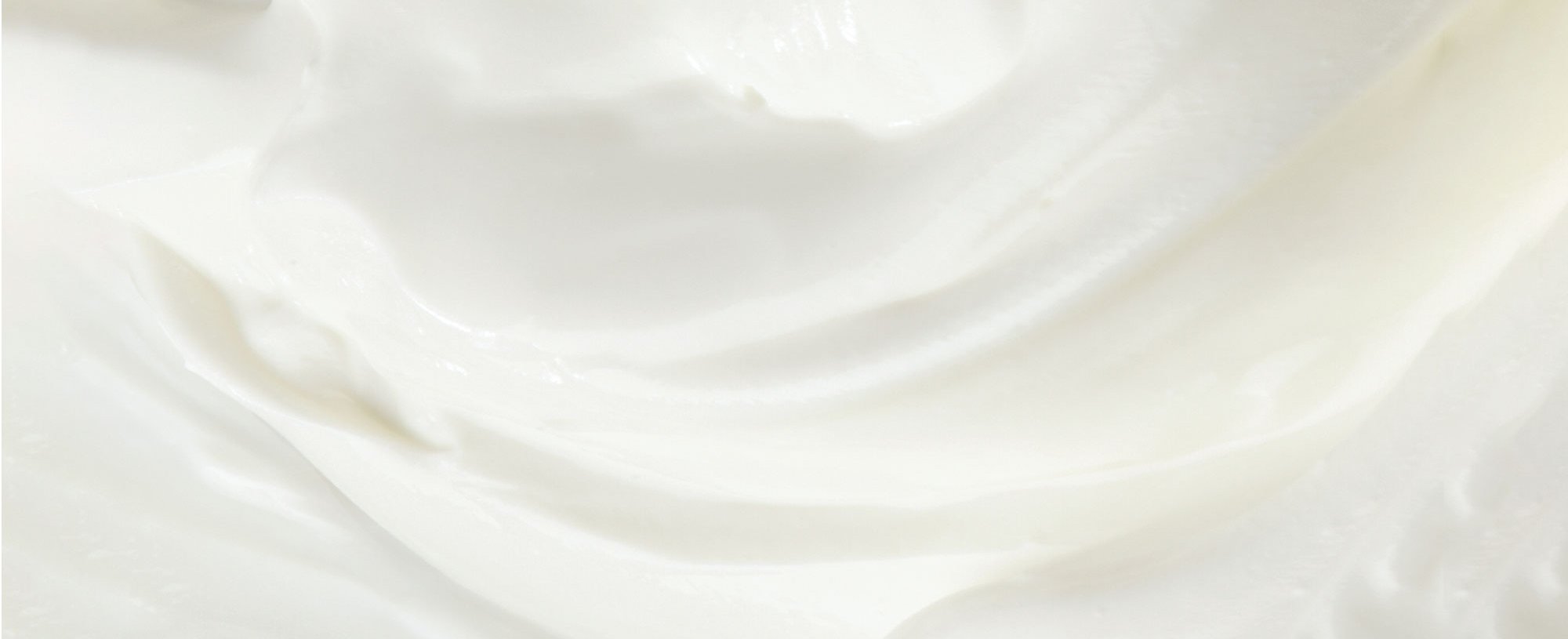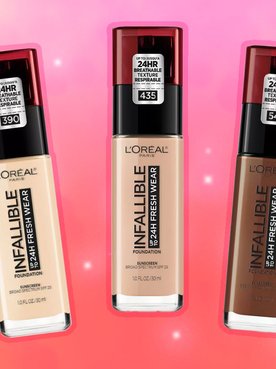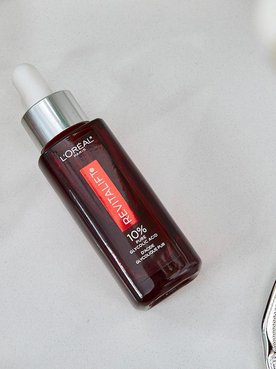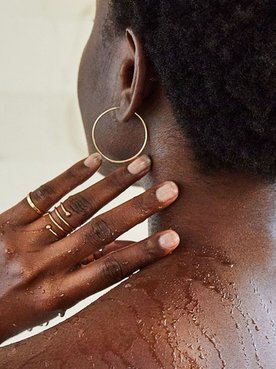There’s seemingly endless education about how to keep bad bacteria off the skin (cleanse, cleanse, cleanse), but far less of it explaining how to keep the good bacteria in place. In fact, the concept of bacteria that isn’t entirely harmful is likely completely foreign to many people. So, when trends like probiotics—which are essentially strains of good bacteria—in skin care products start taking off, it can be a real head-scratcher. What exactly are probiotics, and why should you be applying them onto your skin? Stick around; we’re sharing everything you need to know about probiotics in skin care products, ahead.
What Are Probiotics?
When you think of bacteria and your skin, an image of pus-filled blemishes may come to mind. This is because some strains of bacteria, when mixed in with pore-clogging dirt, oil, and impurities, can cause breakouts. To keep the skin clear and prevent unwanted acne, we wash our faces with powerful cleansers and soaps and maintain a proper skin care routine. But not all bacteria spell doom and gloom for our skin. Some can actually be “friendly” and may benefit your skin’s overall healthy appearance, and they’re called probiotics.
You’ve probably heard of consuming probiotics—either through foods or daily supplements—to maintain a healthy gut and proper digestive health. Recent research has taken the probiotic craze a bit further, though, suggesting that applying probiotics topically could be good for your skin. Some experts may even suggest probiotic skin care products as a supplement to a traditional acne-fighting skin care routine.
How Can Probiotics Benefit the Skin?
While research is still ongoing, the American Academy of Dermatology (AAD) lists some potential benefits of probiotics in skin care:
Benefit #1: Skin Protection
No, probiotics don’t offer the same kind of skin protection as antioxidants or broad-spectrum sunscreen. However, they may be able to help against isolated incidents of inflammation, redness, and bumps. When applied topically, probiotics (aka good bugs) can keep harmful bacteria from provoking an immune reaction. The presence of probiotics can level things out to keep your skin from acting up. Think of them as a mediating force in an otherwise (potentially) ugly fight.
Benefit #2: Antimicrobial Properties
Some researchers believe that certain probiotics can produce substances that are powerful enough to lessen bad bacteria. Researchers are still looking into this, but some experts are convinced that certain strains of probiotics will be touted for their antimicrobial properties in the near future. That’s where probiotics can come in, to avoid unwanted changes to the appearance of your skin.
How Do Probiotics Differ from Prebiotics?
You can find probiotics in skin care products, but there are also skin care products with prebiotics. They sound (and look) almost identical but they’re not one and the same. Probiotics are live organisms, the strains of bacteria itself that live on your skin and in your gut. According to the Mayo Clinic, prebiotics can be found in many fruits and vegetables, including asparagus and yams. Probiotics can be found in foods like yogurt, sauerkraut, and kimchi. Both probiotics and prebiotics can be found in supplements and skin care products. According to the National Center for Biotechnology Information (NCBI), prebiotics can be applied to the skin directly to increase the activity and growth of beneficial ‘normal’ skin microbiota. However, the NCBI does state that little is known about the efficacy of topically applied prebiotics.
Who Can Try Probiotic Skin Care Products?
Interested in trying probiotic skin care products? The AAD recommends paying a visit to your skin care provider to discuss the best way to address the appearance of your skin with probiotics. The treatment plan may include a combination of probiotic skin care products and probiotic-rich foods for your diet.
Next: What Are Ceramides?





